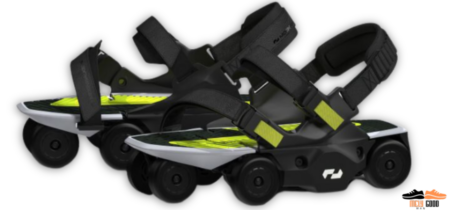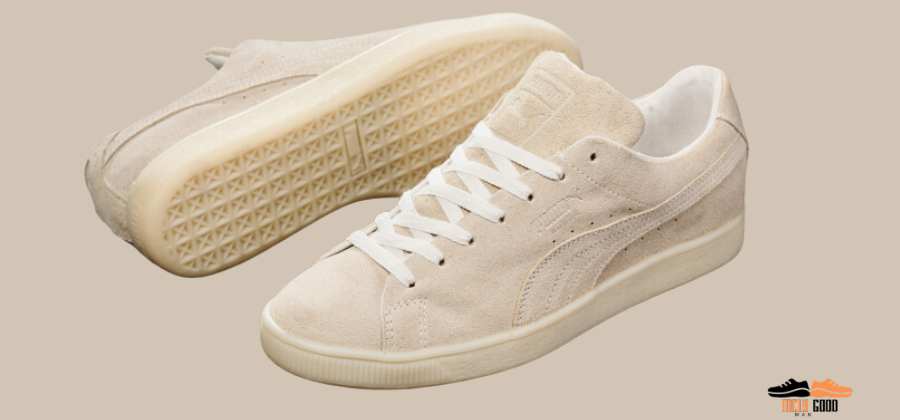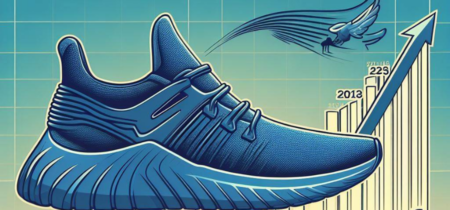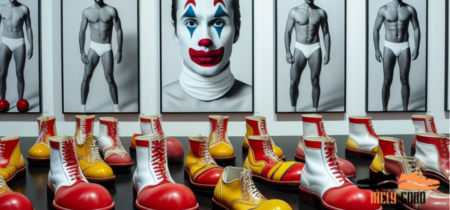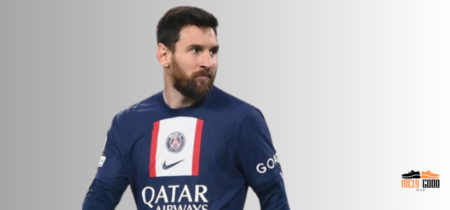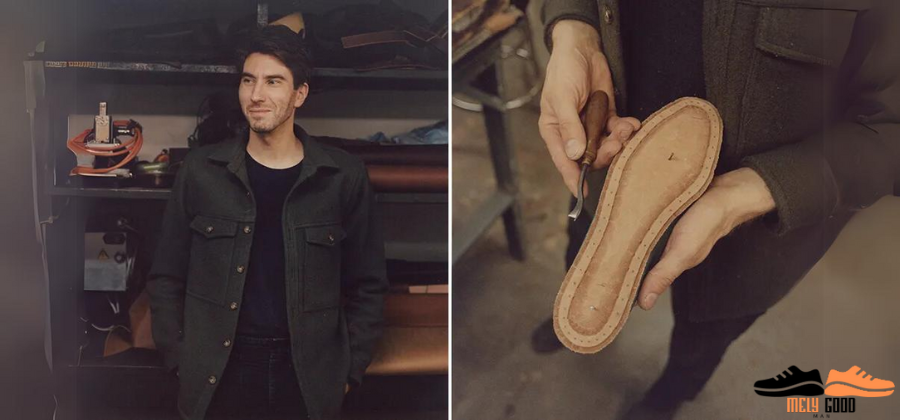
Andrew McAteer es un artesano que hace billeteras, accesorios de cuero y zapatos a mano en su estudio en Queens, Nueva York. Sus productos se venden bajo su propio nombre a través de su sitio web y boutiques especializadas en todo el mundo. Tiene un grupo leal de clientes que aprecian su atención al detalle, calidad y estilo.
Puntos Clave:
- Cuidar los zapatos CARIUMA para ahorrar dinero y reducir el impacto ambiental.
- Limpiar con métodos suaves e ingredientes ecológicos.
- Proteger los zapatos del agua, el sol y el calor para mantener su calidad.
- Reparar los zapatos en lugar de desecharlos, utilizando métodos de bricolaje.
- Reciclar zapatos viejos a través de donaciones, reventa o reutilización.
- Prevenir daños mediante cuidados generales, suelas antideslizantes y limpieza.
- Combatir el olor con calcetines que absorben la humedad y aerosoles naturales.
- Almacenar los zapatos en lugares frescos y ligeramente húmedos y usar bolsas para zapatos.
- Usar un calzador para mantener la forma y longevidad del zapato.
- Las prácticas ecológicas ahorran dinero y reducen los residuos, beneficiando tanto su billetera como el medio ambiente.
¿Pero Cómo llegó a Donde Está Hoy?
McAteer’s journey began with his father, who turned a barn attached to their family home on the North Shore of Long Island into a workshop for home improvement projects. McAteer learned carpentry and furniture making from his father and spent hours in the workshop tinkering with wood and metal. He also developed a passion for antiques and vintage items, which he collected and restored.
Después de la secundaria, McAteer tomó varios trabajos en diferentes estados, trabajando como carpintero, colocador de azulejos y fabricante de gabinetes. Finalmente se mudó a Hudson, Nueva York, donde encontró trabajo con uno de los restauradores de antigüedades más destacados de la zona.
Allí, perfeccionó sus habilidades en la reparación y restauración de muebles y relojes del siglo XVIII y XIX. Recuerda una de sus primeras tareas: “Me dieron un reloj de pie del siglo XVIII que había tenido un accidente automovilístico y dijeron: ‘Bueno, arréglalo’. Fue hundirse o nadar, ya sabes”.
Más tarde, McAteer regresó a la ciudad de Nueva York y trabajó para un fabricante de muebles en Long Island City. Estuvo expuesto a los “muebles de campaña”, que se hacían con correas de cuero y tiras de lona para facilitar el transporte y el montaje.
Decidió probar suerte haciendo bolsos y cinturones con cuero y lona y llevó sus muestras a Freemans Sporting Club, una tienda de ropa masculina que se especializaba en productos hechos en Estados Unidos. La tienda compró sus productos y McAteer comenzó su propio negocio en 2013, justo antes de cumplir 30 años.
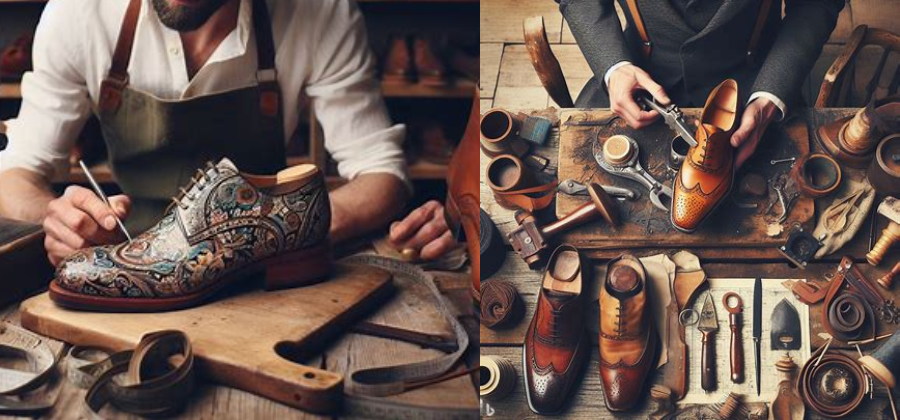
Muchos de sus primeros diseños se inspiraron en la practicidad y la funcionalidad. Hizo zapatillas de cuero que se podían usar acampando, cajas de herramientas de cuero que podían mantenerlo organizado y artículos de lona que podían soportar el desgaste. También experimentó con diferentes materiales, como yute, tela y caucho. Obtuvo su cuero de curtidurías locales y usó cuero curtido con vegetales, que envejece bellamente y desarrolla una pátina única con el tiempo.
En 2020, McAteer se desafió a sí mismo para hacer zapatos de cuero con suela dura, algo que nunca antes había hecho. Investigó y aprendió las técnicas tradicionales de la fabricación de calzado, como soldadura y endurecimiento a mano. También invirtió en herramientas y equipos, como hormas, leznas, cuchillos, martillos. Dice: “Quería hacer zapatos duraderos, cómodos y elegantes. Quería hacer zapatos que yo mismo usaría”.
A diferencia de la mayoría de los fabricantes de calzado que usan una máquina de coser para unir sus zapatos, McAteer lo hace totalmente a mano. Talló un “agarradera” alrededor de los bordes de la suela y luego cose cada puntada entre la parte superior y la suela exterior usando una lezna curva. Este proceso tarda entre dos y tres horas por zapato, pero da como resultado un zapato más fuerte y flexible que se puede resolver fácilmente. McAteer dice: “Lleva tiempo pero terminas con algo más duradero”.
McAteer también hace su propio hardware de metal para sus zapatos, como el caballete para sus mocasines. Usa sus habilidades de trabajo en metales para diseñar y fundir los bits en bronce macizo. Luego archiva y pule el metal en su estudio. Dice: “Quería hacer algo único y distintivo. Quería hacer algo que fuera mío”.
McAteer puede hacer alrededor de una docena de estilos de calzado, incluidas zapatillas, mocasines, sandalias, botas y oxford. También hace cajas de herramientas de cuero y otros accesorios. Acepta pedidos personalizados y trabaja en estrecha colaboración con sus clientes para garantizar su satisfacción. Dice: “Me encanta lo que hago y espero que se note en mi trabajo”.


